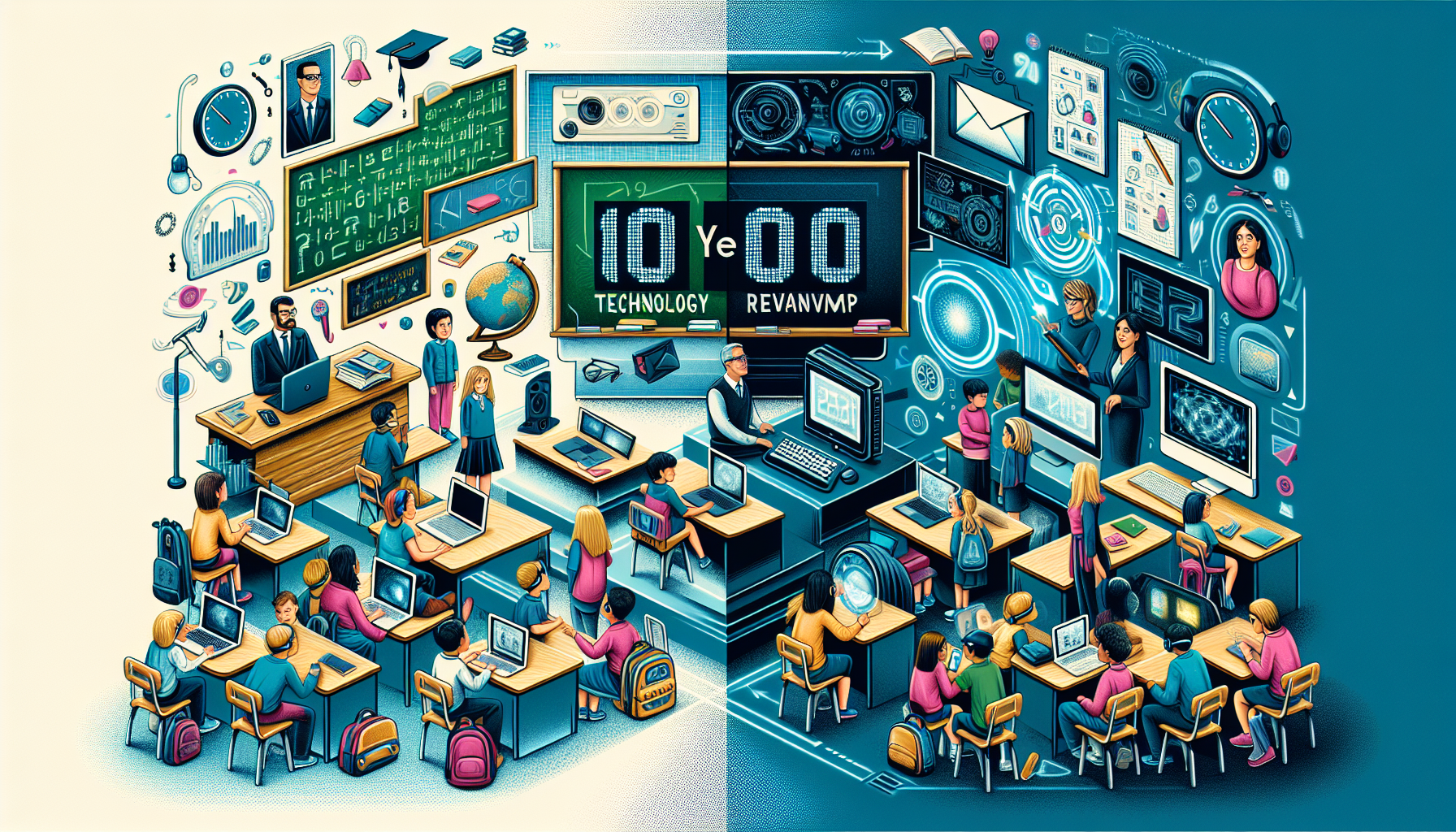Education Department Announces Ten-Year Technology Revamp to Mitigate Legacy Challenges
We independently review everything we recommend. When you buy through our links, we may earn a commission which is paid directly to our Australia-based writers, editors, and support staff. Thank you for your support!
Overview
- The Education Department is gearing up for a 10-year digital investment initiative.
- This initiative aims to upgrade outdated systems and mitigate operational hazards.
- Current IT landscapes are being assessed to pinpoint vulnerable systems.
- Key focus areas include automation, artificial intelligence, and a $500,000 investment in AI initiatives.
- Obstacles consist of funding and maintaining expert skills after 2026.

Charting the Future of Educational Technology
The Education Department is embarking on a 10-year digital investment initiative to revamp its complex ICT systems and tackle persistent operational risks tied to outdated technologies. This effort is deemed crucial for modernising the department’s technological framework.
Preliminary Actions and Strategic Framework
Part of the foundational work entails assessing the existing IT landscape to discern at-risk applications and investigate opportunities for targeted enhancements. A recent Agency Capability Review highlighted the pressing need for capital infusion to refresh both internal technologies and the aging payment system that disburses $51 billion annually to educational institutions.
Post-Division Technological Progress
Following its split from the former Department of Education, Skills and Employment in July 2022, the Education Department has received support from the Department of Employment and Workplace Relations (DEWR) through shared services. The department has made notable progress in reconstructing its internal strategic technology capabilities, including the appointment of Chief Information Officer Scott Wallace in 2023.
Obstacles and Future Outlook
While significant strides have been made in recognising and modernising outdated systems, the Agency Capability Review cautioned that the department’s digital aspirations are not yet in sync with its funding reality. Temporary staffing arrangements may result in a loss of specialised skills necessary for executing the strategy after June 2026. Nevertheless, the department remains hopeful that the 10-year digital initiative will comprehensively address these challenges.
Adopting New Technologies
In spite of funding obstacles, the department is proactively researching new technologies, such as automation and artificial intelligence. It participated in the federal government’s Microsoft Copilot trial and earmarked up to $500,000 for AI initiatives in the previous financial year. Efforts are underway to release an AI transparency statement, formulate generative AI guidelines, and conduct workshops to explore practical applications.
Conclusion
The Education Department is initiating an extensive 10-year digital initiative to modernise its technological systems and alleviate legacy risks. While challenges are present, particularly regarding funding and the retention of specialised talent, the department is determined to investigate emerging technologies and enhance processes through AI and automation.
